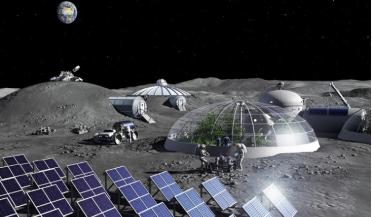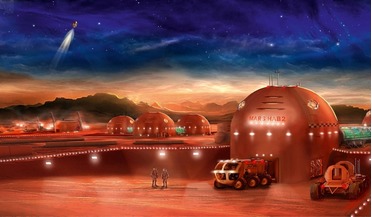 October 2023
The multidisciplinary world of space habitation design
October 2023
The multidisciplinary world of space habitation design
... abuse of resident populations and the misuse of resources, that have been made by colonisers in the past. The dominance of certain companies in space colonisation could reach a ‘quasi-sovereign’ status, which allows them to establish their own rules...
 February 2016
Space – Overcoming Our Limitations
February 2016
Space – Overcoming Our Limitations
... discoveries and advances are only a matter of time, at most a matter of money, but in no way block the route to space colonisation. What does impede humanity’s advancement into the future are our own limitations, the limits we set...
 July 2019
Settling the final frontier
July 2019
Settling the final frontier
... plan was summarised in a paper published in 1974 in Physics Today: “It is important to realise the enormous power of the space-colonisation technique. If we begin to use it soon enough, and if we employ it wisely, at least five of the most serious...
 December 2014
Terraforming Mars: from CFCs to Total Recall
December 2014
Terraforming Mars: from CFCs to Total Recall
... 2 is a closed, ecological system in Oracle, Arizona that has been used to explore the viability of biospheres for space colonisation Back to Mars again: one might conceivably replenish the N2 on Mars by re-directing nitrogen-rich comets or asteroids...
 August 2018
Flying to the stars
August 2018
Flying to the stars
... the BIS, vol. 37, p. 254, 1984, adsabs.harvard.edu. 6 A. Crowl, J. Hunt, and A. Hein, “Embryo Space Colonisation to Overcome the Interstellar Time Distance Bottleneck,” Journal of the British Interplanetary, vol. 65, pp. 283–285, 2012. 7 A. Sandberg...
 16 April 2024
The End Of Astronauts Why Robots are the Future of Exploration
16 April 2024
The End Of Astronauts Why Robots are the Future of Exploration
... Earth orbit, the Moon, Mars and the asteroids. The final chapters cover space colonisation, the cost of space exploration and the relevance of space law. The volume is not illustrated, but includes a “timeline of key events”, chapter notes...